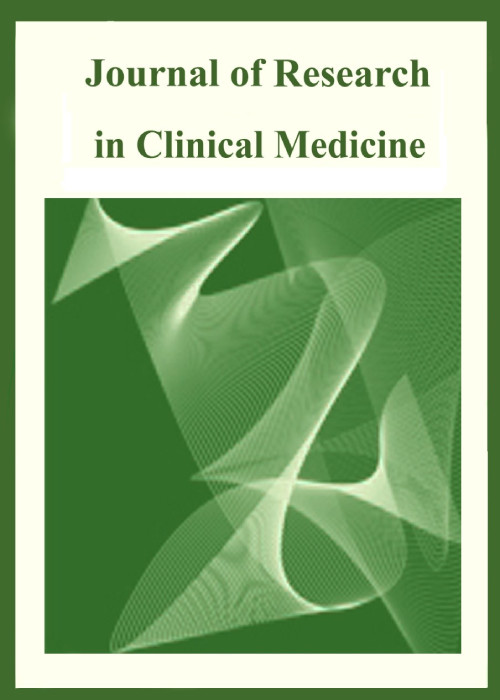The changing profile of neonatal pathogens and susceptibility pattern: prospective observational study from a tertiary center in South India
Changing the pattern of neonatal pathogens poses challenges to the management of neonatal sepsis. Profile and antimicrobial susceptibility of neonatal pathogens were evaluated in this prospective observational study in a tertiary center.
Neonates with risk factors and clinical features of sepsis were screened. Blood culture performed in positive-screen babies. Antimicrobial susceptibility was also evaluated. Statistical significance was tested by the chi-square test and t test accordingly. Univariate analysis was performed to study possible correlations in this regard.
Out of 431 suspected cases, 89 neonates (20.65%) had sepsis. The rate of early and late-onset sepsis (LOS) was 48.3% and 51.7%, respectively. The clinical spectrum included septicemia 68 (76.5%), congenital pneumonia 13 (14.7%), meningitis 5 (5.7%), and septic arthritis 3 (3.4%), respectively. Gram-positive bacteria constituted 61 (68.5%), while gram-negative was 28 (31.5%) (P<0.05). Staphylococcus aureus (23.6%) and methicillin-resistant S. aureus (MRSA) (22.5%) were the most common isolates. Acinetobacter (15.8%), coagulase-negative staphylococcus areus (CoNS) (11%), Klebsiella (7.9%), enterococci (8%), E. coli (4.5%), and ß hemolytic streptococci (1 case) were other detected pathogens. MRSA, Acinetobacter, and coagulase-negative S. aureus as a single entity involved in sepsis pathogenesis (50.6%) showed a positive correlation with inborn babies, pre-term, low birth weight, and early-onset sepsis (OR; 95% CI: 2.20; 0.94–5.20, 1.82; 0.79–4.22, 1.25; 0.55–2.89 and 1.05; 0.46–2.50 respectively). Susceptibility pattern was penicillin (12.3%), ampicillin (6.7%), cloxacillin (42.9%), cefotaxime (8%), cefazolin (37.9%), cefoperazone sulbactam (81.5%), piperacillin-tazobactam (68.9%), gentamicin (63.5%), amikacin (47.9%), vancomycin (88.9%), linezolid (88.6%), co-trimoxazole (55.4%), and clindamycin (50%).
Gram-positive pathogens and opportunistic pathogens like Acinetobacter predominate over the conventional gram-negative pathogens in neonates. Of note, penicillin, ampicillin, and cefotaxime are not suitable for the empiric treatment of neonatal sepsis.
- حق عضویت دریافتی صرف حمایت از نشریات عضو و نگهداری، تکمیل و توسعه مگیران میشود.
- پرداخت حق اشتراک و دانلود مقالات اجازه بازنشر آن در سایر رسانههای چاپی و دیجیتال را به کاربر نمیدهد.


